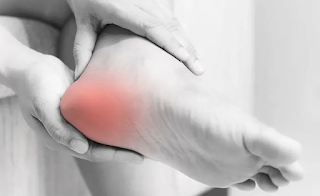Epidural injections for Spine Pain treatment
Epidural injections are a pain management option for patients with leg or arm pain originating from the spine. This is also known as Radicular pain or Radiculopathy. The pain usually radiates away from the irritated nerves. For Example – the pain could be originating from lower spine and may be felt far away in the legs. Pain specialists offer non-surgical options like this one for pain relief. As the techniques used are minimally invasive, and do not involve surgical incision or prolonged recovery, the risks involved are less.
One of the causes nerve pain is the narrowing (stenosis) of the space for these nerves in the spine or narrowing of the space from which these nerves exit the spine. This may be secondary to a slip disc or rupturing of the discs.
Depending on the problem different techniques /routes may be utilised to perform epidural injection. Nerve root block /transforaminal epidural, caudal epidural, interlaminar epidural are all epidural injections. Different names are used to indicate the technique used and route of entry. The route or the technique used can have an impact on where the maximum amount of drug is deposited.
How the epidural Injection works
Generally a combination of local anaesthetics and steroid are uses in these injections. The resulting pain relief can last for a few months although some people can experience long lasting relief from these injections. Corticosteroids serve dual purpose as an analgesic as well as have anti-inflammatory property. So, they help to control both pain and inflammation.
Immediately after the injection the injection site can feel sore although this is not troublesome for most people. This is mainly because of the mechanical process of inserting needle or at time also due to irritation resulting from the injected medication. But you need not worry about this as it will fade away soon and the pain relief would become apparent as the steroids start to work.
Benefits of Epidural Steroid Injection
There are numerous benefits of epidural pain injection over oral corticosteroids:
- Epidural injection delivers the medication close to the problem as a result more drug reaches the site of action compared to when it is taken orally.
- Side effects of the epidural injection are less compared to oral corticosteroids.
- The duration for which the effect of epidural steroid injection is generally longer. This period can be effectively utilized by the patient to engage in physiotherapy and strengthen the supporting muscles.
- Epidural steroidal injections help in providing quick pain relief in case of severe pain
Epidural injection works very well in case of pain originating from lower back (thoracic spine), neck (cervical spine) and mid back (thoracic spine). You should take expert advice from experienced pain specialists in Delhi as they can give you advice regarding the most appropriate therapy for you. Generally epidural injections are more beneficial in cases where the pain travels (radiates) towards arms or legs. Discuss this option with your specialist to find out if this is the right treatment for you.






